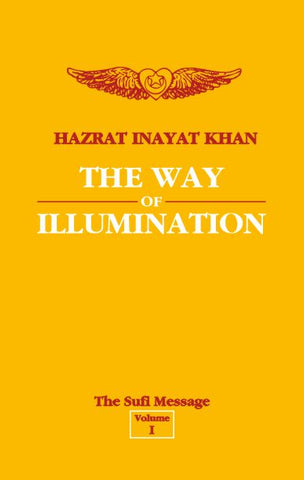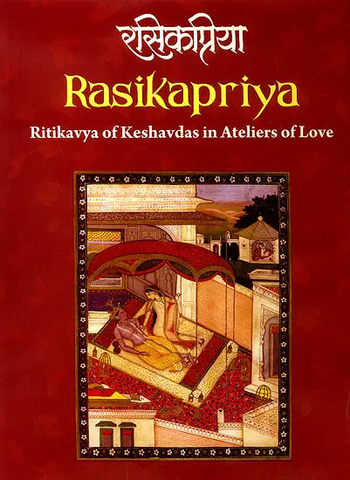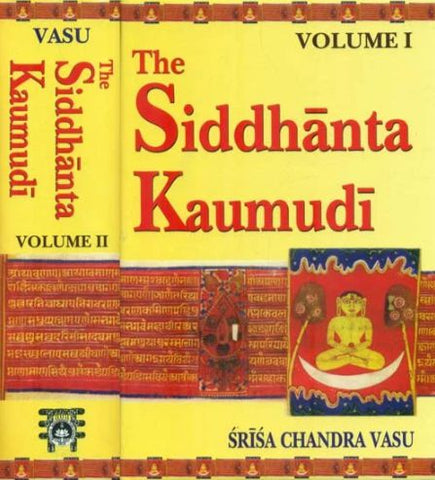Your cart is empty now.
Among his works in English the most notable is the Agriculture and Animal Husbandry in the Vedas, and his contributions on various topics of the Encyclopedia of Hindu Religion and Indic Religions. He has also edited critically many other works including the classical prose-romance Tilakamanjari of Ravi Dhanapala.
Sanskrit, as is too well-known, is the oldest language in India and from times ancient many, many literary works were composed in that magnificent language. It has the distinction of being the language of the Vedas, the Upanishads, most works on philosophy logic, and epistemology, and those on various arts, crafts, and sciences and of course high literature and hence was the vehicle of expression for the elite. The earliest, the foremost, and unquestioned-ably the most important grammar of this language today available is the Astadhyayi of Panini, approximately of c. B.C. 350 or slightly earlier. Afterwards, several grammatical works followed in succession. At some point in time, the Jainas, too, composed works on Sanskrit grammar with the view on making the suject easier as well as lucid .in comprehending. Perhaps the Kntantra, but more definitely the Jainendra-gabdagastra of Devanandi (c. A.D. 650)-the author, Digambara scholar-are witnesses to this observation. A little over five centuries afterwards, the famous grammar-the Siddha-Hema-§2bclanu§asana-was composed by Hemacandra (c. A.D. 1140), the erudite Svetambara scholar. But, chronologically, Buddhisagara's grammar precedes that well-known work. Its title, as mentioned in the begin-nine, is the Pancagranthi vyakarana. Till now, it had remained unpublished because of the singularity of its style and peculiar structural disposition. Indeed, it could not be edited on the basis of the then available manuscripts. This Institute, then, decided to undertake the task of publishing its meticulously edited version. Some scalars of Sanskrit were contacted to under-take the task but without success. The Institute, nonetheless, persisted in its efforts and, finally, on approaching Prof. Narayana Candara, an erudite scholar of Sanskrit grammar who earlier had published some articles on Buddisagara's grammar, he agreed to undertake its editing. He, of carters, was aware of the complex character and the peculiar style of this grammar. As an end-product of his endeavors, this grammar is now available in print. We indeed are indebted to Prof. Candara for competently accomplishing this task.
Works on grammar frequently were composed in various regions in India and in different times. From historical and comparative point of view, the Buddhisagara's grammar predict-ably will be proven useful to the specialists as well as to the students of Sanskrit grammar in general. The scholars interested in the comparative studies in Sanskrit grammatical systems will be able to notice the influence of this work on Hemacandra's grammar.
We once again express our gratitude to Prof. Candara as also to all of those who have assisted in publishing this useful work.
1.1. Indian tradition unequivocally asserts that ancient Sanskrit literature comprising the Vedas, Upanishads, Puranas and the Great Epics is of divine origin and is dorsa, i.e. transcribed by inspired sages. The German philosopher Augustus Schlegel uncannily realized this as is apparent from his remark: "It cannot be denied that early Indians possessed knowledge of God. All their writings are related with sentiments and expressions, noble, clear, severely grand, as deeply conceived in any human language in which they have spoken of their God'. Krishna Dvaipayana Vyasa, to whom the Mahabharata is ascribed, has declared that divine, beginning less and ageless, divine speech in the form of the Veda, was uttered by Svayambhu the creator, and it was the starting point of all activities2. Manu, supposed to be anterior to the Mahabharata War by thousands of years, declares that the creator created the names of all things and their different usages and formations through the Vedic words only3. These declarations are rooted in the Rgvedic references4 to the divine origin of speech (yak). In the early Vedic age the language spoken was obviously the one in which the hymns of the Rig-Veda and other Vedas were revealed and preserved. In those days there was no differentiation of words as Vedic and popular (laukika). It is to this effect that Sabara declares in his commentary on the Mimansa Sutras that those very words which are known as popular are but the Vedic ones, and their meanings are all the same'. Panini commences his Asia dhyaya with the aphorism 'Atha sabddnuthsanae, and Patanjali, its great commentator, declaring "The instruction of the science of words is hereby commenced", immediately raises the question "Of which words ?" and adds by way of its explanation "Of the popular and of the Vedic"6. Although both Buddha and Mahavira taught their followers in the popular dialects of Magadha regions in about the 6th century B. C., and the language of the masses had undergone many modifications in actual utterance and pronunciation, we can realize from the words, formations and the usages of both the Pali and the Ardhamagadhi that it was in principle more or less the same archaic Vedic speech in its essentials. During the days of Patatijali, i.e., in the second and third century B. C. all such usages were prevalent in different regions of the world and their use was very wide spread'. That the same language (Masa) was widely spoken in different dialects in different regions by different people, and that the various differences in the pronunciation of this same speech or words tended to the developments of various dialects, known as Prakrits and Apabhrarngas, has also been alluded to by Pataiijali8. It is obvious that the natural tendency of simplification and lesser effort in pronunciation was responsible for this process of evolution of different dialects, while the actual fact was that the people in general who actually spoke them could also understand each other. This natural linguistic tendency has been alluded to by Bharata, the author of the Natyagastra9, and by Bhartrhari, the author of the Vakyapadiyam.
1.2. This common popular language was not subjected to linguistic analysis by splitting the words into the aspects of a base (prakrti) and termination (pratyaya) in very ancient timely, and the language was learnt as a mother-tongue, and was mastered by its being taught by the system of usage of words, as has been referred to by Pataiijali12. This was very easy, though extremely long-winding, process for learning practical usage for day-to-day purposes. But for mastering all the aspects of speech with a view to grasp the purport of ancient scriptures of ancient seers it was too lengthy for the short life-span of the human beings, and hence rather impractical'3. To this end the process of analysing the speech-words and their relation in the sentences was started in very ancient times by a mythical Indra; he initiated the system of linguistic analysis14, obviously with a view to preserve the Vedas in tact15. This process of linguistic analysis of speech into words of different types, and of words into the artificial constituents of base, prefix, suffix, termination, substituent, etc., was undertaken with a view to preserve the speech of the elite (vista) and protect it from the onslaught of the natural tendency of linguistic change; it was known as purification (saritskeira), and the speech thus purified, was known by the name Sadiskrta, i.e. Sanskrit. The earliest recorded use of the root `or' prefixed by `Sam' is found in the Rig-Veda and the Yajurveda16, but there it is not with the reference to speech or language. Probably, the first or earliest reference to the language by the name Sanskrit is found in the Ramayana of Valrico.
1.3. Ancient Indian tradition also holds that like all other auxiliary disciplines, grammar (vyakarana) too has its origin in the Vedas. The earliest evidence of the linguistic analysis or grammar is the very existence of the eightfold modification (asta-vikrti) of the recitation of the Sarithitei text of the Vedas, and it is primarily based on the process of splitting the continuous recitation text (sarithita-patha) into individual words (pada-patha), which is indirectly referred to in the Yajurveda18. And the specific mention of the term Vyakarana' is found in the Ramayana of Valrico, when Rama remarks that Hain-man must have learnt the Vedas and the grammar since he did not falter even once into pronouncing pure words in the dialectical way'''. Yaska refers to Sakatayana as a grammarian holding a view that nouns are derived from verbs. The Gopatha Brahmana20, the Mundakopanisad21 and the Mahabharata22 mention the term Vyakarana'. And Patafijali refers to the custom that Brahmins in ancient times began their study of grammar just after their investiture with the sacred thread". Inclusion of Vydkarana in the list of six auxiliary disciplines (sadafiga), viz., Siksa, Vyakarana, Nirukta, Chandas, Kalpa and Jyotisa, has been evidenced in the Gopatha Brahmana24, the Baudhayana Dharma Satra25, the Gautama Dharma Satra26, and the Valrico Ramayana27 . And, the metrical Panini ,sikisa likens these six auxiliary disciplines with different limbs of human-body of the Veda".
Book's Contents and Sample Pages




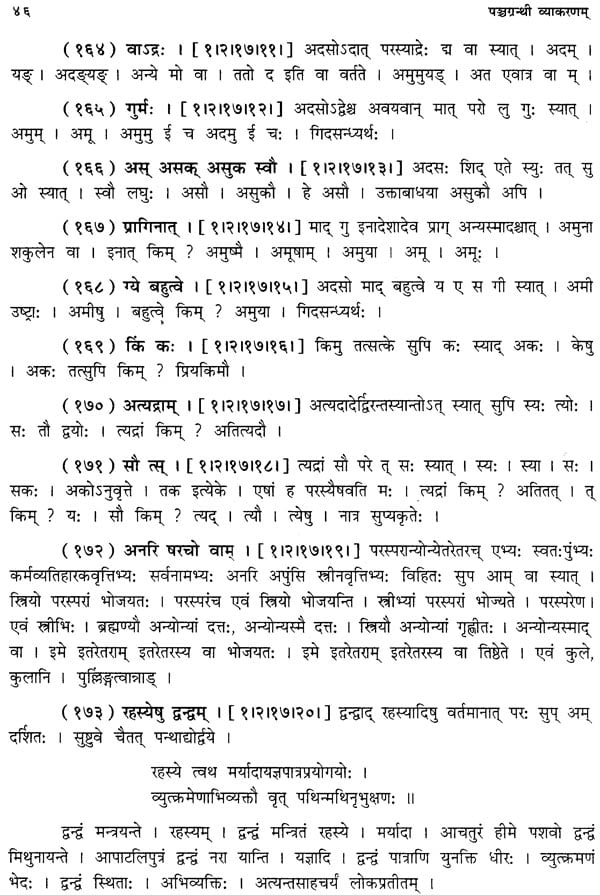





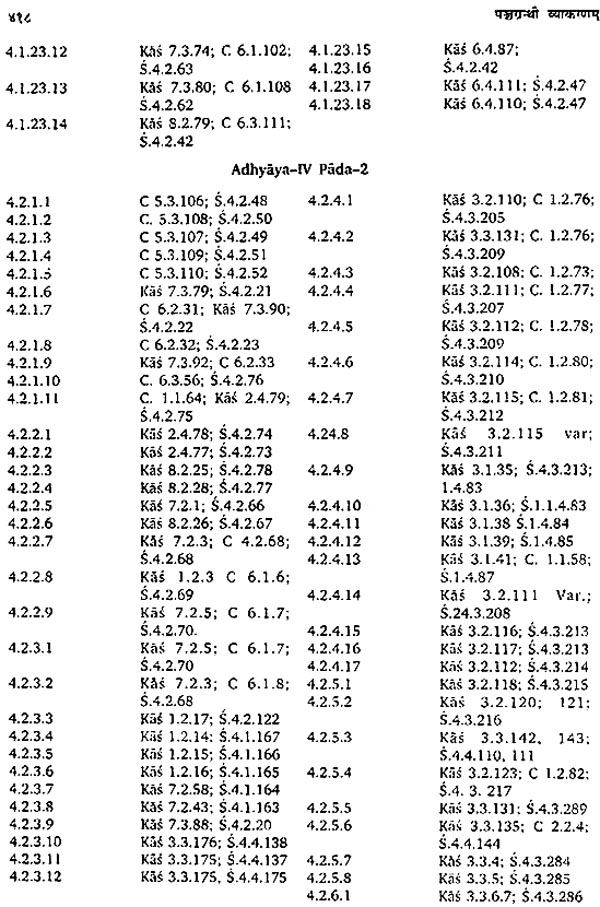

Delivery and Shipping Policy
- INTERNATIONAL SHIPPING
- Rs.1000-1100/kg
- ESTD. Delivery Time: 2-3 weeks (depending on location)
- Bubble Wrapped with Extra Padding
- NATIONAL SHIPPING
- NCR: Rs. 30/half kg
- Standard: Rs. 80/half kg
- Express shipments also available on Request
- ESTD. Delivery Time: Ranging from 1-4 days up to 7 business days (Depending on your choice of Delivery)
- TRACKING
- All orders; national or international, will be provided with a Tracking ID to check the status of their respective orders
- Depending on the Shipping Service, Tracking ID may be used on their respective tracking portals
Frequently Asked Questions (FAQs)
Domestic Shipping: 3-4 Days (after shipping)
International Shipping: 1-2 weeks (based on your location)
You will receive an email once your order has been shipped or you can email us if you didn't receive tracking details (info@mlbd.co.in)
Every book that we sell is the latest edition except all the rare books
Yes, we do provide free shipping, only on domestic orders (within India) above Rs.1500



